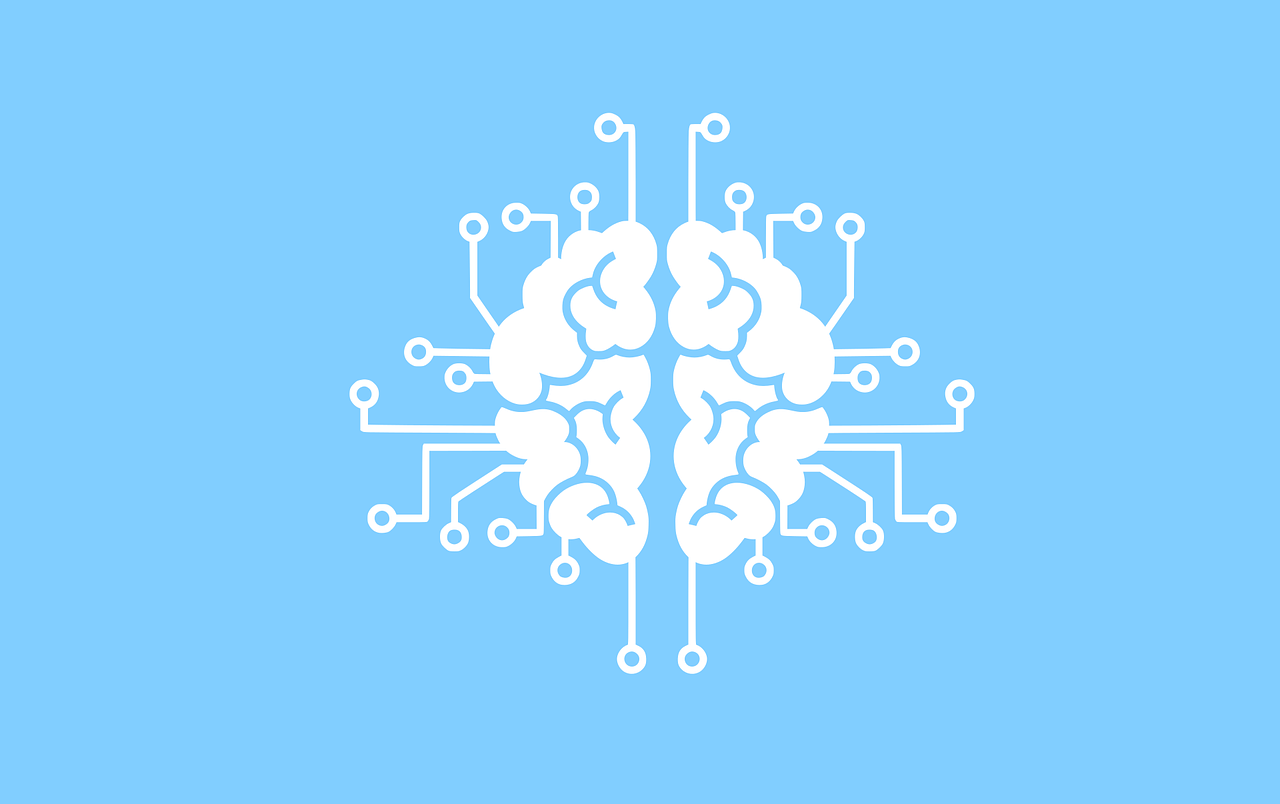What is Generative AI? What You Need to Know
Generative AI, a rapidly advancing branch of artificial intelligence, enables AI algorithms to generate outputs such as text, images, videos, and 3D renderings. Examples like OpenAI’s ChatGPT and DALL-E highlight its versatility, demonstrating its capacity to produce varied content in seconds. This technology, a subset of machine learning, learns from the data it’s exposed to and uses this knowledge to create innovative outputs. Despite its enormous potential, the ethical considerations, including biases in the data and copyright issues, cannot be ignored. As generative AI continues to evolve, it will undoubtedly have a profound impact on various industries, making understanding its workings and implications vital for leveraging its full potential.




